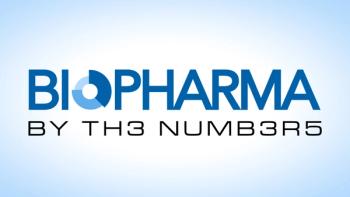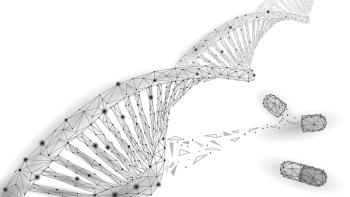
Eli Lilly Announces 2013 Financial Guidance
Eli Lilly expects overall revenue growth in the coming year.
Eli Lilly expects overall revenue growth in 2013 with anticipated revenue between $22.6 and $23.4 billion, according to a Jan. 4, 2013
This guidance excludes the one-time impact of the tax benefit from the American Taxpayer Relief Act of 2012, which relates to 2012 financial results but will be reflected in the 2013 results because the Act was not officially enacted until 2013.
"We remain on track to meet or exceed our minimum financial performance targets,” said Derica Rice, Lilly executive vice president, global services, and chief financial officer, in the press release. “From now through 2014, on an annual basis we still expect revenue to be at least $20 billion, net income to be at least $3 billion, and operating cash flow to be at least $4 billion."
The company seeks to bridge a period of patent expirations and return to sustainable growth. "We are replenishing and advancing our pipeline, which now has 13 potential new medicines in Phase III testing,” said John C. Lechleiter, PhD, Lilly's chairman, president and chief executive officer, in the press release. “We are investing to drive growth in key currently marketed brands and in our counter-cyclical growth areas, and we continue to make productivity gains across our business to fund the R&D necessary to fuel our future growth, recapitalize our physical assets, maintain our dividend, and support our share repurchase program.”
The company expects total operating expenses in 2013 to be flat or slightly less than 2012 as a result of continued expense controls and productivity gains. Marketing, selling, and administrative expenses are expected in the range of $7.1 billion to $7.4 billion, and R&D expenses are expected to be in the range of $5.2 billion to $5.5 billion.
Newsletter
Stay at the forefront of biopharmaceutical innovation—subscribe to BioPharm International for expert insights on drug development, manufacturing, compliance, and more.





